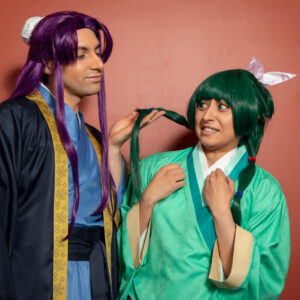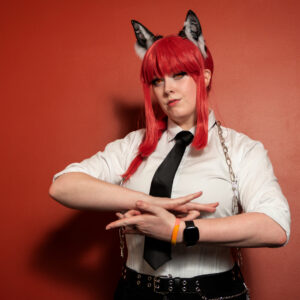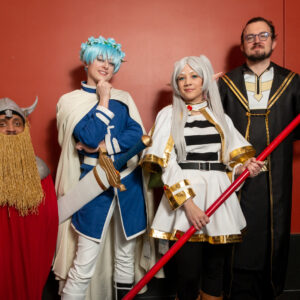Moana Mashes Up An Innovation And Formula Poi
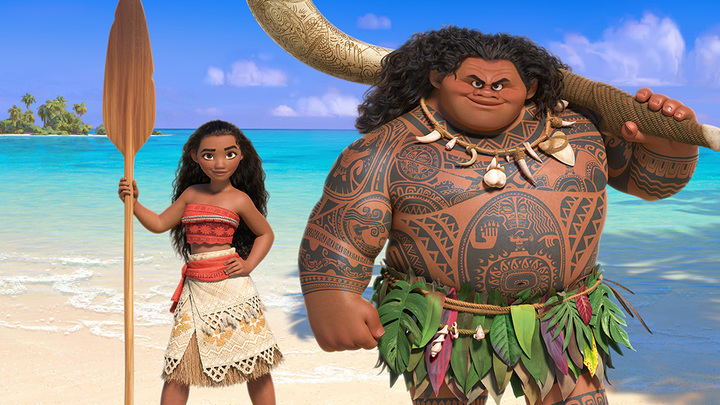
Is Frozen your favorite Disney movie? Do you think Lin-Manuel Miranda is a modern Stephen Sondheim?
If you answered yes, chances are good you’ll love Moana, the latest animated musical extravaganza from the House of Mouse. It’s a minor variation on Disney’s well-honed formula: a plucky heroine becomes who she’s meant to be while overcoming obstacles and overprotective parents, with just the right amount of help from plucky sidekicks, earnest ballads, and uptempo soundtrack-selling songs.
When all the fish vanish and the crops die on the island of Motunui, Moana, voiced by newcomer Auli’i Cravalho, embraces her destiny: she sets out alone to restore the stolen, mystical Heart of Te Fiti, repair the lost balance in nature, and save her people. First up: find the demigod Maui (voiced by Dwayne ‘The Rock’ Johnson) and convince him to help her. They fend off a ship full of caricature coconut monsters straight out of Banjo-Kazooie; they fight a gigantic, gold-encrusted crab, literally under the sea (voiced by Flight of the Conchords’ Jemaine Clement); they battle a giant lava monster. Along the way, Moana learns the lost art of ocean navigating and the key to the Heart of Te Fiti.
While the broad strokes of the story are familiar, the Pacific Island theme is refreshingly new. It’s delightful to see an entire cast of people of color, portrayed faithfully and joyfully. The voice actors are almost all Hawaiian, Samoan and New Zealanders. The mythology of the Pacific Islands on display is fascinating. The setting feels genuine and looks brilliant. The ocean in particular is gorgeous, a beautifully rendered, realistic masterpiece of expressiveness and character; it should get a SAG card for its performance. There are nods to Disney favorites — a singing crab, an adorably kawaii Hawaiian baby — but overall it’s imaginative and fresh.
Like many Disney movies, Moana stresses themes of believing in yourself and self-actualization, via a quietly feminist twist on the Disney princess motif: Moana doesn’t need a man to be complete. After leaving her island, the only man she encounters is Maui. He could easily have been set up as a romantic partner, but their relationship stays firmly senpai/kohai. Moana helps him as much (or more) as he helps her. She rescues him more than once; she talks through his internal turmoil over being a demigod; and most crucially, she helps him become less of an insufferable egotist. She doesn’t need rescuing; she needs help and friendship.
Wise-cracking Maui drops one of the most meta, self-aware quips in any Disney movie. Shortly after they meet, he sarcastically calls her “princess.” She huffily responds that she’s no princess. With an arched eyebrow, he retorts “anyone wearing a dress who has an animal sidekick is a princess.” It’s both a brilliant nod to Disney princess tropes and a great setup for how their relationship evolves.
Smell what the cast is cooking
The voice cast is extremely talented, though largely unknown in the U.S. Rachel House breathes a cantankerous charm into Gramma Tala, and Temuera Morrison plays Moana’s father, Chief Tui, as the perfect combination of stern and indulging parent. Dwayne Johnson brings major star power and name recognition; his affable, up-for-anything personality seems tailor-made for the wise-ass trickster demigod Maui. Unfortunately, the script loads him down with So-Cal hang-10 surfer lingo; it feels unnatural, calculated and contrived. Similarly, Cravalho voices Moana like a typical suburban American teenager, her Hawaiian accent only rarely surfacing. I often found it quite jarring, as every other character spoke with their own natural accent and speech pattern. The contrast took me out of the movie in several scenes, most notably with Johnson, and felt like Disney didn’t trust their audience to accept main characters who don’t sound hyper-American.
Girl-power songs like “How Far I’ll Go” are earnest and soaring; fans will be belting them for months. “You’re Welcome” is the brash, quirky, upbeat song prominent in every musical. It features The Rock, who has a surprisingly strong singing voice, rapping the interlude; it screams Lin-Manuel Miranda. The best musical numbers are the Polynesian-infused songs like “An Innocent Warrior;” they add an authentic charm and appeal. Less strong are songs that try to move the story or turn things around. “I Am Moana” feels forced and scripted rather than flowing. I prefer Alan Menken’s Disney tunes, but your mileage may vary.
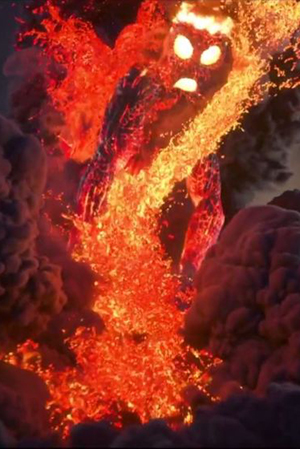
Moana does 3D brilliantly. The depth of landscapes in particular is amazing; there’s a real feeling of people in space that live-action 3D films rarely nail. Thankfully, there’s only one “look out for that spear coming right at you!” moment.
The lava monster is one of the most creative designs in the movie. It has Balrog in its visual DNA. Like the actual pahoehoe lava common to Hawaii (thanks, freshman geology class), it solidifies and breaks when it touches ocean water. It’s a creative nod to the volcano mythology of Pacific Islanders.
The downside is that there’s never a sense of true peril. The lava monster looks ferocious, but really just needs some help and a hug. The giant crab, Tamatoa, is fierce and aggressive, but he’s comic-relief with an avaricious attitude. Sure, this is Disney; danger is often a plot device rather than a palpable force. But other Disney movies have featured genuinely savage, menacing characters — Gaston from Beauty and the Beast and Frollo from Hunchback of Notre Dame come to mind. A little more of that real danger would have made Moana’s hero’s journey more rewarding.
The biggest problem, however, is how formulaic Moana is. The songs are exactly the songs you expect. The character growth — be it Maui’s from self-centered wise-ass to contrite and helpful, or Moana’s from over-protected teen desperate to leave home and prove herself to the wiser, more humble girl who returns — is entirely foreseeable. There’s a training montage in precisely the spot where those always go. The sidekicks are an adorable piglet and a brain-damaged rooster. It’s as if Disney threw all the creativity into the setting and overarching mythology and had none left for the story itself.
None of that will matter to the teens, tweens, and hardcore Hamilton fans who will flock to see Moana. Credit Disney with knowing what their audience wants, and for giving it to them without whitewashing the setting or characters.
Ephemera:
- The animated short that precedes Moana is as good as any short feature Disney or Pixar has done. It’s reminiscent of Up and especially Inside Out, full of humor, emotion and heart (literally). It says as much about being true to yourself in 10 minutes — and with no spoken dialogue — as Moana does.
- There might be a post-credit scene, but the credits were so long I couldn’t wait.
Moana (Disney; PG): B-

